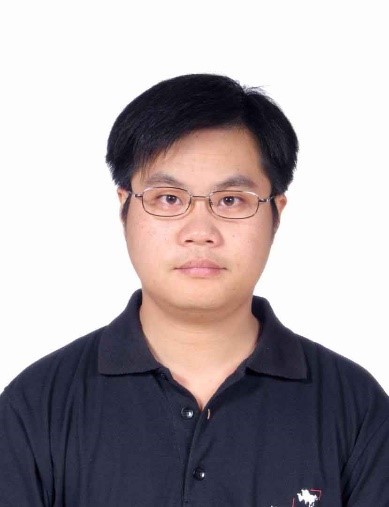
Professor
Institute of Information and Communication Technology
Research Interests: Photonic device, sensing application
Office Phone: 86-10-6276 7870
Email: pengchao[at]pku.edu.cn
Peng, Chao is an associate professor in School of Electronics. He obtained his B.Sc. from Department of Physics, Peking University in 2004, and Ph.D. from Department of Electronics, Peking University in 2009 respectively. His research interests include photonic device, optical communication and sensing applications. Dr. Peng has published more than 80 research papers in top-tier journals, such as Nature, Science, Phys. Rev. Lett and etc.
Dr. Peng has conducted 4 research projects including NSFC, 973 programs, 863 project, etc. His research achievements are summarized as follows:
1) Bound state in the continuum (BIC): BIC is a kind of special state that traps light within the radiation continuum. He developed a comprehensive analytical framework to understand the physics of photonic crystal slab within in the continuum. He proposed that BIC could be realized by an accidental symmetry protection or vertical-cancellation of radiative waves. By break the symmetry of BIC, the mode can be utilized as high-power, signal-mode lasing action. Such research broadens the views of BIC, and could be important to many applications. The related work has been published on Phys. Rev. Lett, Phys. Rev. B
2) Micro-gyroscope enhanced by optical resonance: He is one of the pioneering researchers of resonance-enhanced-micro-gyroscope. He proposed that, the high-Q resonance and the accompanied slow-light effect could enhance the Sagnac effect that can be potentially utilized as ultra-compact on-chip gyroscope. The proposed scheme has attracted much attention in past 10 years. The original paper published in 2007 has been cited 72 times so far, and related work has been introduced in a series of review articles of the development of micro-gyroscope.
3) Dual polarization fiber optic gyroscope (FOG): Though polarization maintained devices have been adopted in conventional single polarization FOG, he proposed a novel FOG architecture in which the polarization nonreciprocal (PN) errors of the two orthogonal polariztions have identical amplitude but opposite parity, and hence, the PN error can be optical compensated. Such FOG is stable, cost-effective, robust to temperature and variation. He implemented the prototype of dual polarization FOG. The related work has been published in Opt. Express, Opt. Letter.




